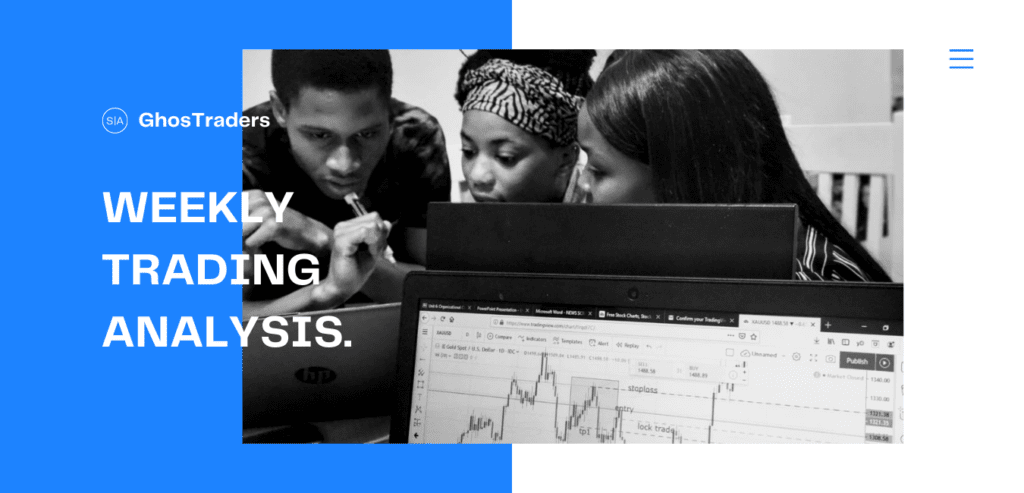Introduction
Risk management is the cornerstone of successful trading, often underestimated by novice traders. In this comprehensive guide, we will delve into the core principles of risk management and explore effective strategies to protect your trading capital and optimize your profits.
Understanding Risk Management
Before we dive into the strategies, let’s grasp the fundamental concept of risk management in trading. At its core, risk management is the process of identifying, assessing, and mitigating potential risks associated with trading. It involves making calculated decisions to protect your capital while maximizing your earning potential.
Key Questions in Risk Management
The three most critical questions in risk management are:
What lot size should I use?
How many pips should I risk?
What should my stop loss be?
To address these questions effectively, consider adopting a percentage-based approach relative to your account size. Aim to risk between 1% to 3% of your account size per trade while targeting a monthly profit of 5% to 10% of your initial account balance.
Importance of Percentage-Based Risk Management
Adopting a percentage-based risk management approach is essential for several reasons. Firstly, it aligns your risk with your account size, providing a consistent and manageable framework for all trades. Secondly, it safeguards your capital during losing streaks, preventing significant drawdowns that could cripple your trading activities.

To calculate the amount of risk per trade, perform some simple math based on your account size. For instance, if your account holds $10,000, risking 1% translates to $100 per trade, which is equivalent to $1 per pip. With a 5% monthly profit target, you could potentially earn $500 per month, compounding your gains if you refrain from monthly withdrawals.
The Role of Lot Size
Your lot size is closely linked to the amount you are willing to risk. It’s crucial to remember that the number of pips is not as vital as the percentage of your account size that you put at stake per trade. Keep your ultimate goal in mind: preserving your trading capital while achieving consistent profits.
Navigating Losing Streaks
Experiencing losing streaks is an inevitable aspect of trading. Suppose you find yourself facing 10 consecutive losses, which is plausible in the trading world. In that case, the temptation to increase your risk or abandon your risk management plan might arise, especially if you feel undercapitalized.
Suppose you find yourself facing 10 consecutive losses on a $10 000 Account size let’s calculate the drawdown :
| Risk(%) | 10 consecutive losses | Drawdon in % and $ | New Account Size |
| 1% | (1% x10)= 10% | 10% equivalent to $1000 | $9 000 |
| 2% | (2% x 10)=20% | 20% =$2000 | $8 000 |
| 3% | (3% x 10)=30% | 30% | $7 000 |
| 4% | (4% x 10)=40% | 40% | $6 000 |
| 5% | (5% x 10)=50% | 50% | $5 000 |
| 6% | (6% x 10)=60% | 60% | $4 000 |
| 7% | (7% x 10)=70% | 70% | $3 000 |
| 8% | (8% x 10)=80% | 80% | $2 000 |
| 9% | (9% x 10)=90% | 90% | $1 000 |
| 10% | (10% x 10)=100% | 100% | $0 |account blown |
From the table above you can see why i recommend risking 1-3% per trade of your trading account size.
Avoiding Undercapitalization
Being undercapitalized can be detrimental to your trading journey, as it may lead you to perceive small risk amounts as insignificant. Instead of taking unnecessary risks, consider seeking prop firms’ funding options like 5ers instant funding with no time limit. By doing so, you can trade with confidence and avoid the added pressure of trading with a deadline.
Conclusion
In conclusion, mastering risk management is vital for every trader’s success. By following a percentage-based approach relative to your account size, you can minimize risks and safeguard your trading capital effectively. Remember that trading is a journey that requires discipline, patience, and a sound risk management plan. Embrace the principles outlined in this article, stay focused, and make informed decisions to thrive in the dynamic world of trading. Happy trading!


